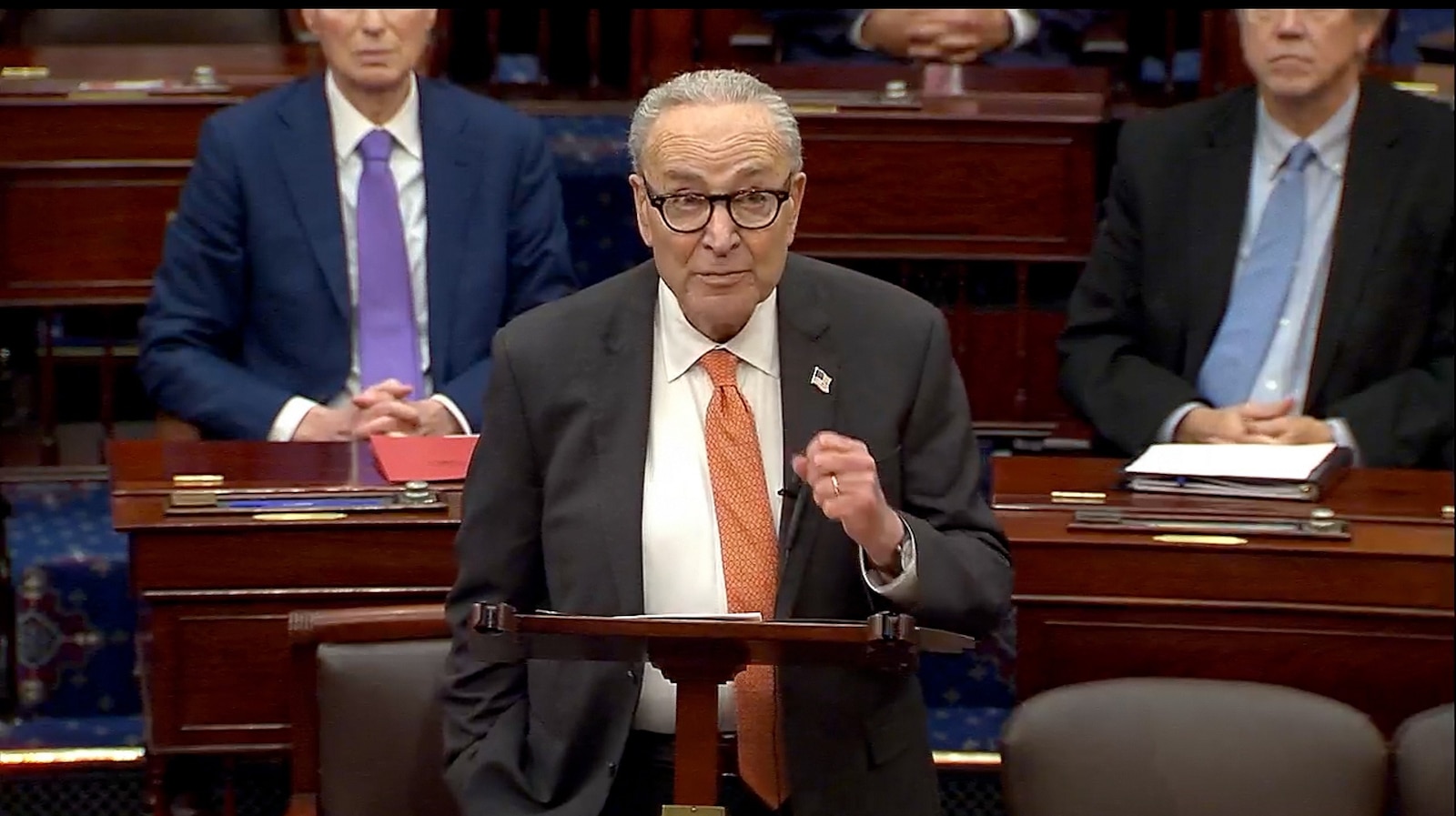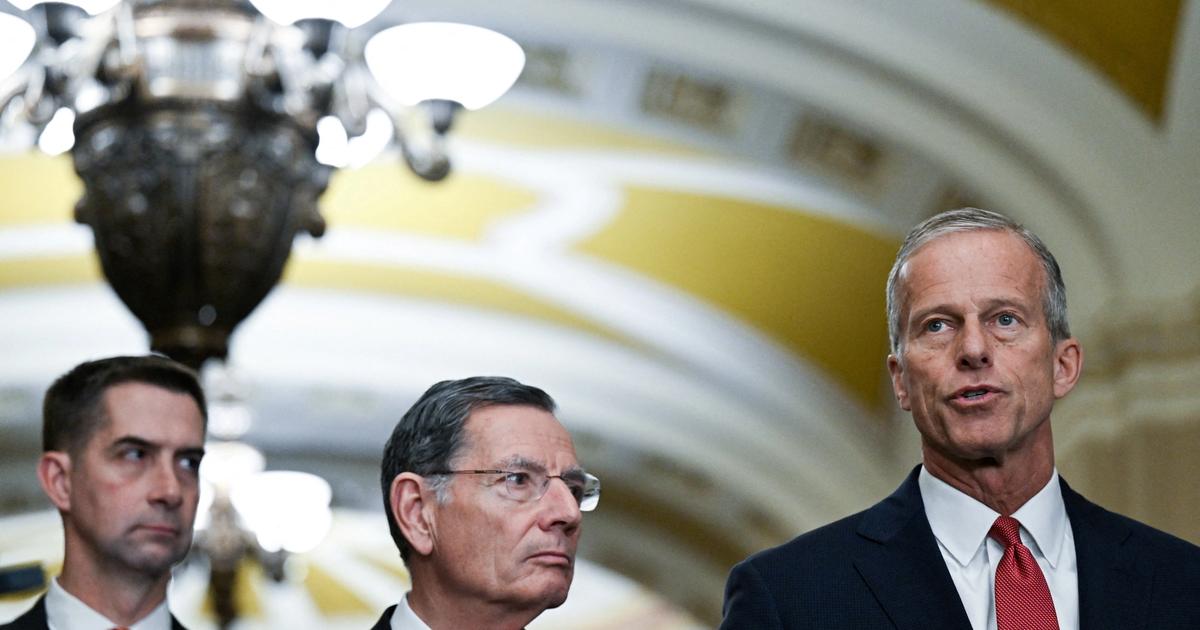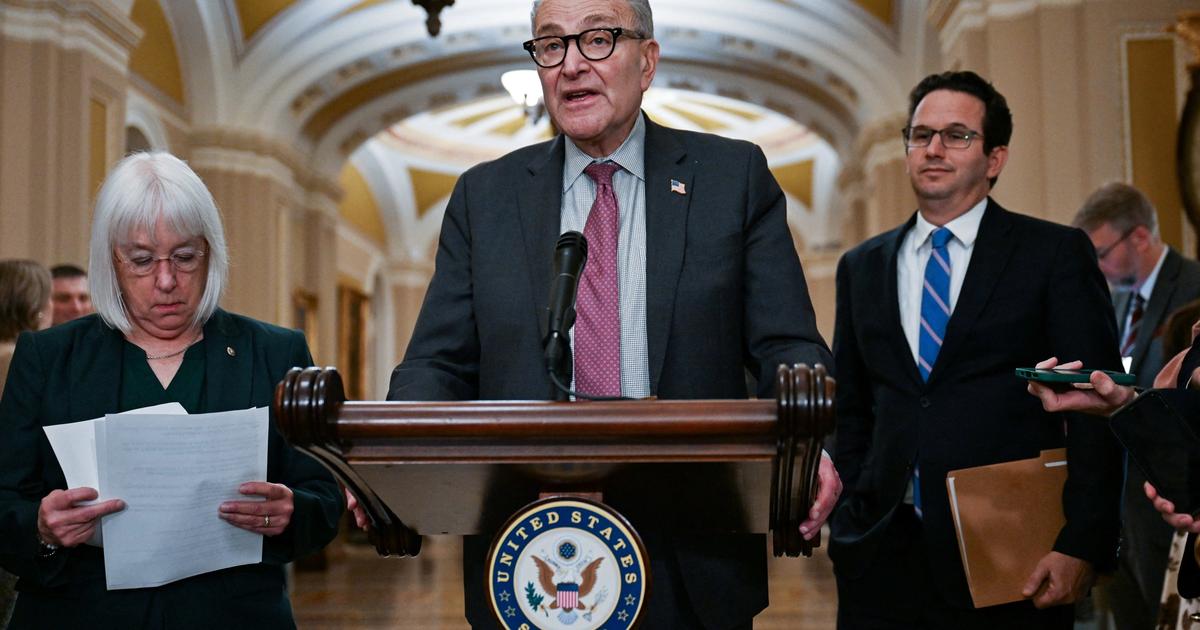Longest US Government Shutdown Intensifies: Critical Services Impacted, Political Blame Shifts
The longest US government shutdown causes critical service disruptions, including depleted SNAP funds and flight delays, as political deadlock persists and public blame shifts to the GOP.
Overview
- The longest US government shutdown has caused critical service disruptions, with SNAP funding depleted and widespread flight delays occurring due to air traffic controller shortages.
- The Federal Aviation Administration has reduced commercial air travel amid the shutdown, directly impacting passengers and highlighting the severe operational consequences of the funding impasse.
- Senate Majority Leader John Thune plans a Friday vote on a House-passed funding measure, but 60 bipartisan votes are needed, as Republicans reject Democrats' proposals to end the shutdown.
- Democrats reject the House-passed resolution, pushing for a reversal of President Trump's mass federal layoffs, while Republicans strategically pressure them to vote on reopening the government.
- Recent polls indicate growing public blame on the GOP for the shutdown, increasingly seen as a slow-motion disaster for Republicans and the White House.
Report issue

Read both sides in 5 minutes each day
Analysis
Center-leaning sources frame this story by emphasizing the escalating negative state of government negotiations and Republican frustration. They use evaluative language like "chaos grows" and "descending into another impasse," while prominently featuring Republican voices criticizing Democratic proposals. This collective editorial choice highlights the stalemate from a perspective critical of the current Democratic approach.
Articles (11)
Center (4)
FAQ
As of November 7, 2025, the US government shutdown has lasted 38 days, making it the longest in US history, surpassing the previous record of 35 days set in 2018–2019.
Critical services impacted include depleted funding for the Supplemental Nutrition Assistance Program (SNAP), causing vulnerability among 42 million Americans, and widespread flight delays due to shortages of air traffic controllers, with the FAA reducing commercial air travel.
Republicans reject Democratic proposals that include extensions of Affordable Care Act subsidies, while Democrats demand reversals of federal layoffs and healthcare protections. Senate requires 60 bipartisan votes to pass legislation, but neither side agrees, resulting in deadlock.
Senate Majority Leader John Thune plans a vote on a House-passed funding measure, but 60 bipartisan votes are needed. Democrats reject the House resolution, pushing for healthcare and employment protections, while Republicans pressure a vote to reopen the government.
Recent polls indicate growing public blame on the GOP for the shutdown, viewing it as a political disaster affecting Republicans and the White House increasingly negatively.
History
- 1d

 4 articles
4 articles








